Category: 📞 Communications

-
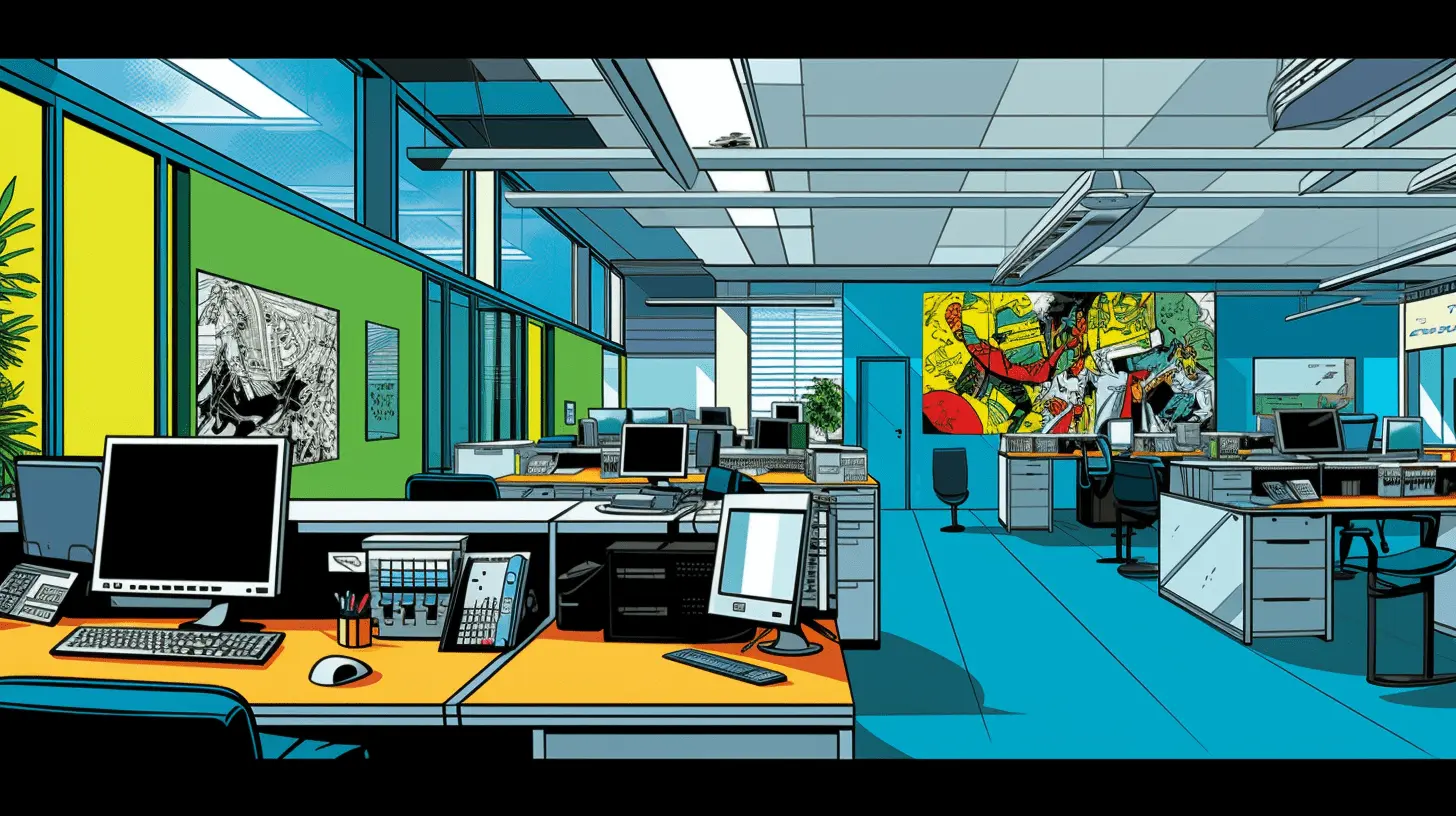
- Bespreekbaarheid: The Missing Ingredient in IT Organizations
- Explore the concept of Bespreekbaarheid, a Dutch term that encourages open dialogue and transparency, and discover why it's crucial for success in IT organizations. Learn how it fosters innovation, enhances problem-solving, and builds trust among team members.
-

- The Tasmanian Paradox: A Lesson in Collaboration and Innovation
- An insightful look into the isolation of Tasmania's Aboriginal people 10,000 years ago and the loss of their technologies. This article explores the profound lessons that can be drawn from this historical event, particularly in the context of collaboration, technology development, and adaptability in modern times.
-
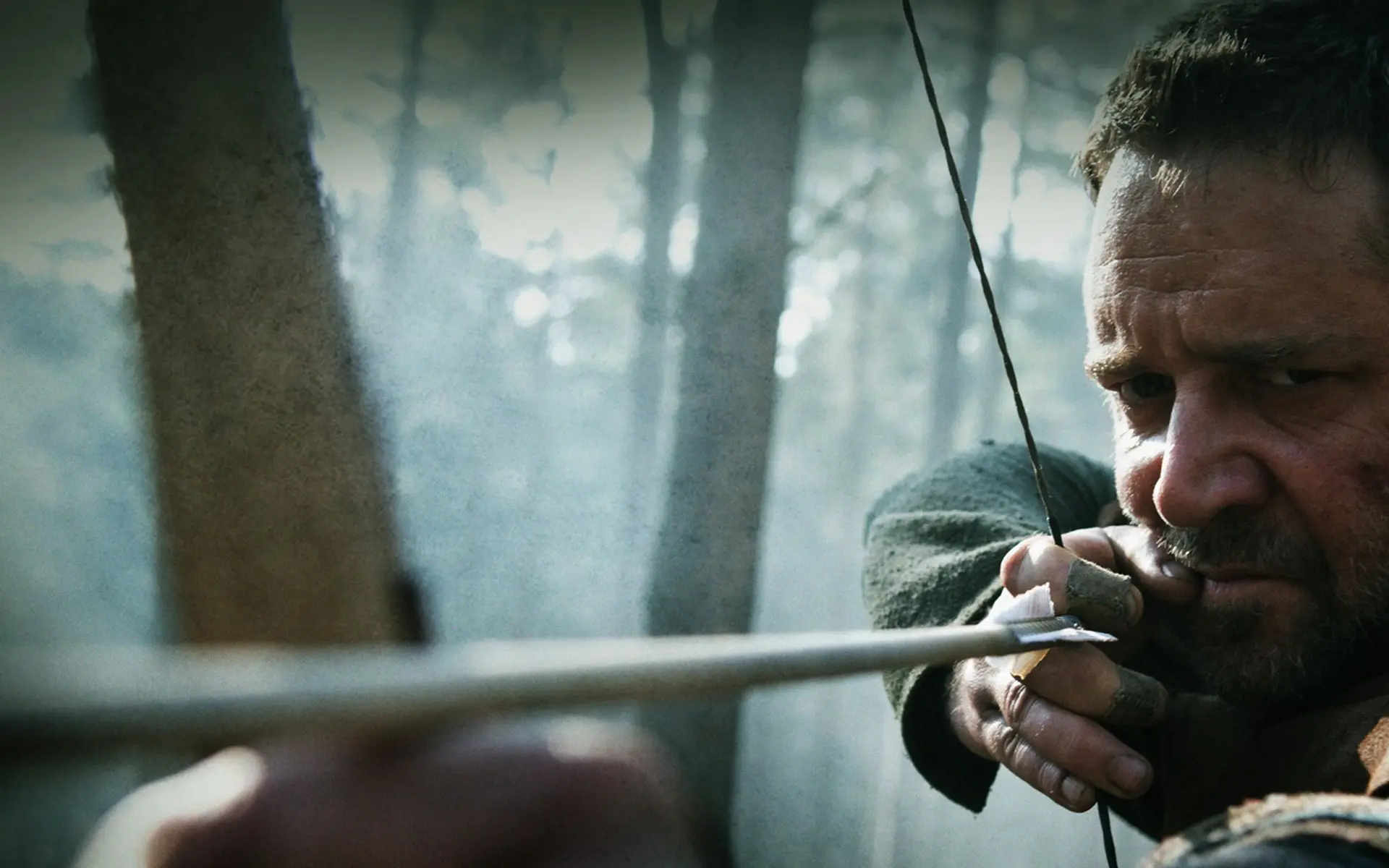
- Defending the Commons: Lessons from Robin Hood on Building Community
- A thoughtful exploration of the concept of community and the common good, using the story of Robin Hood as a metaphor. This article delves into the core questions about what binds a community together, how to nurture it, and what it takes to defend the shared values and goals that make it thrive.
-
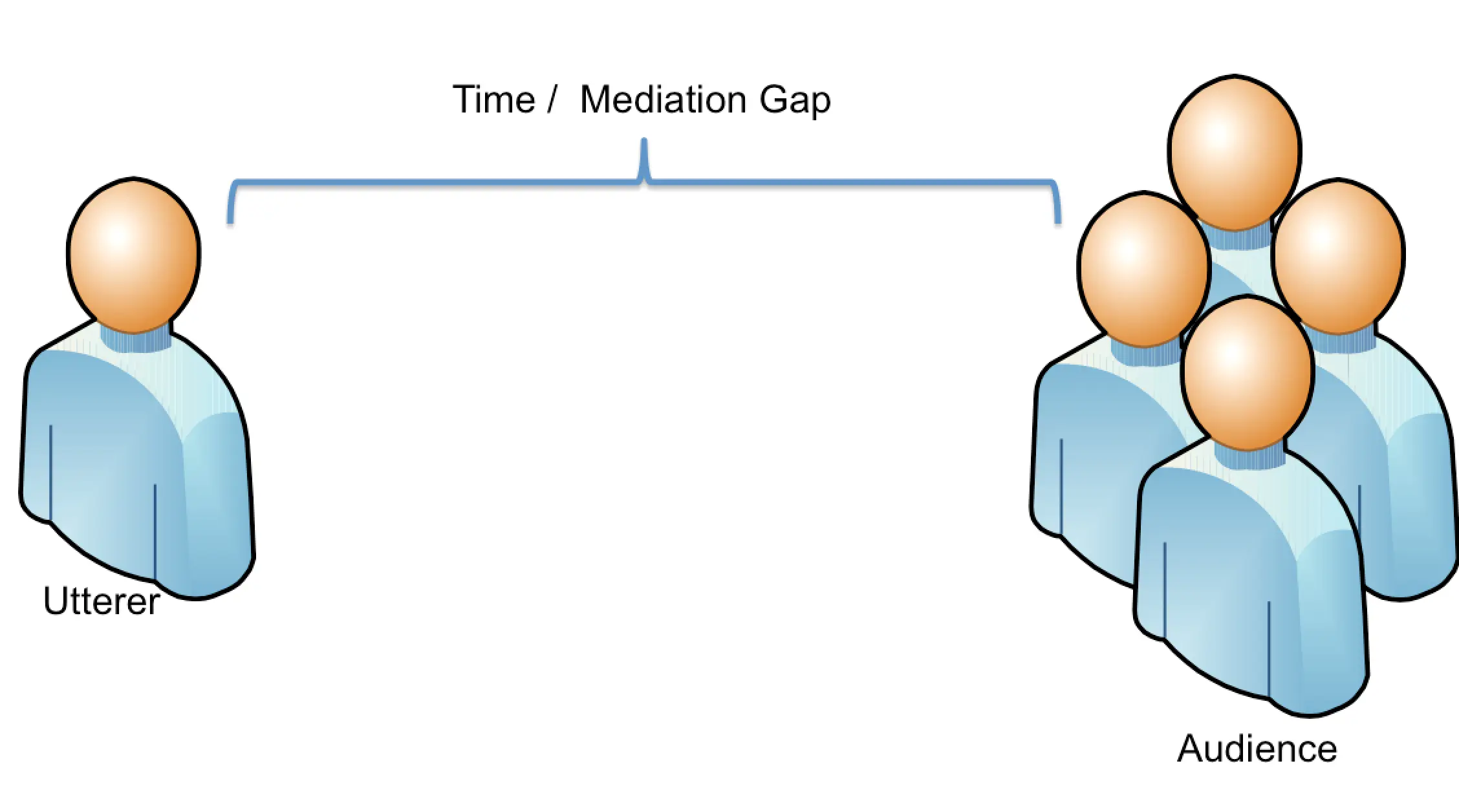
- Enhancing Collaboration in the Corporate World: A Comprehensive Model
- This article explores the intricate dynamics of collaboration in a modern corporate environment. Through the lens of Information Technology, it identifies key problems and offers a detailed model for improving collaboration. The model categorizes collaboration by audience, artifact, and time, creating a practical framework for understanding and improving the collaboration process.
-
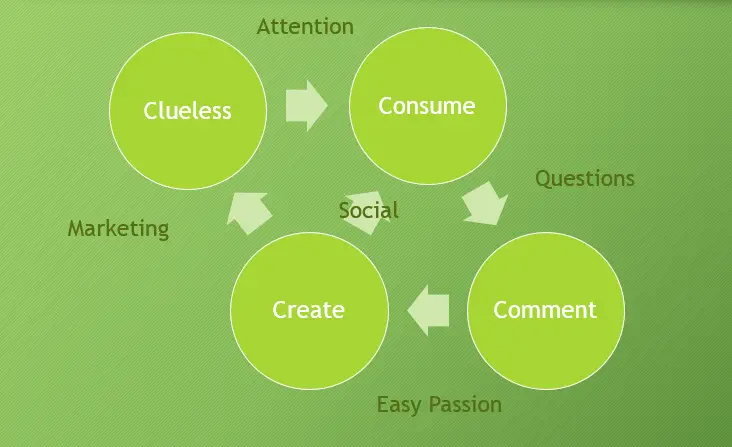
- Building Engaging Conversations: From Clueless to Creators
- This article reveals the four categories of people in conversations and explores strategies to transform clueless individuals into engaged consumers, commenters, and creators. By breaking down barriers and using the right tools, readers are guided to build a dynamic environment where content is shared, commented on, and created, fostering a truly engaging community.
-
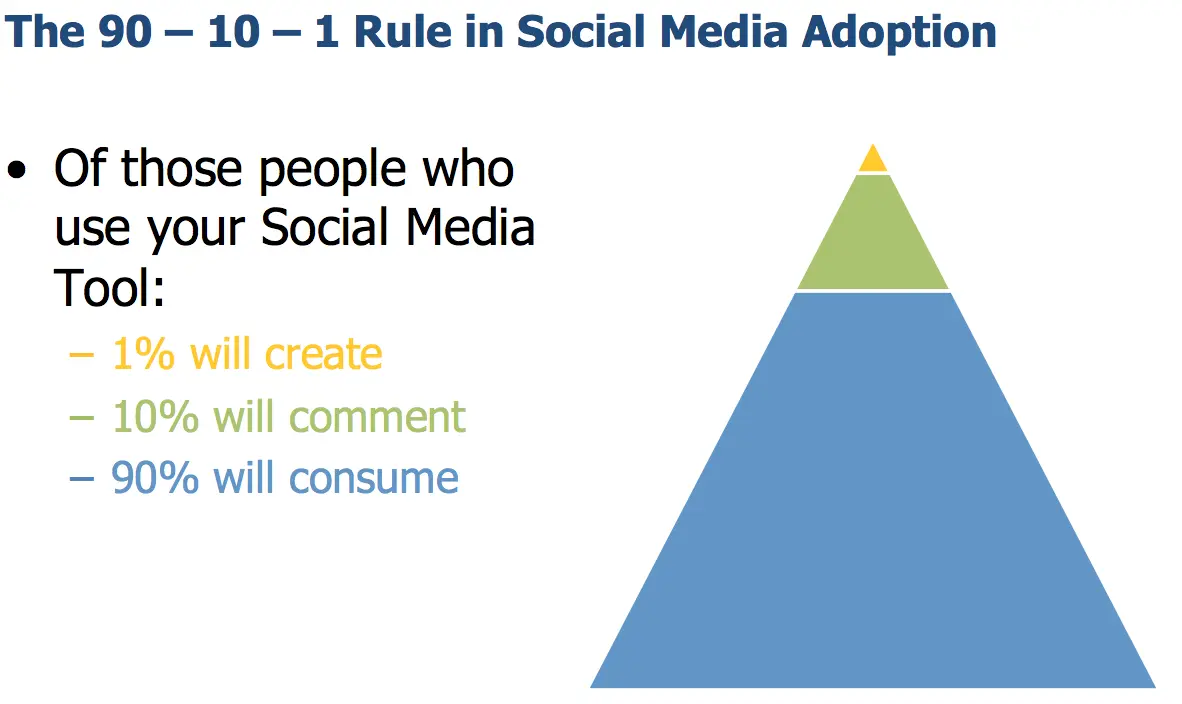
- The Three Types of People in Conversations: A Guide to Engaging Your Audience
- This article examines the three fundamental roles in any conversation: starters, participants, and observers. Drawing parallels between social gatherings and website engagement, it explores how these roles dynamically change and offers insights into creating a platform that encourages all types of engagement, from starting conversations to lurking.
-

- The Power of Collaboration Tools: Treating Them Like Pen and Paper
- This article explores the importance of treating collaboration tools with the same unrestricted access as conventional office utilities like pens, papers, or telephones. By avoiding barriers and encouraging free use, collaboration tools can significantly enhance the value of knowledge generated by employees and contribute to the overall success of a business.